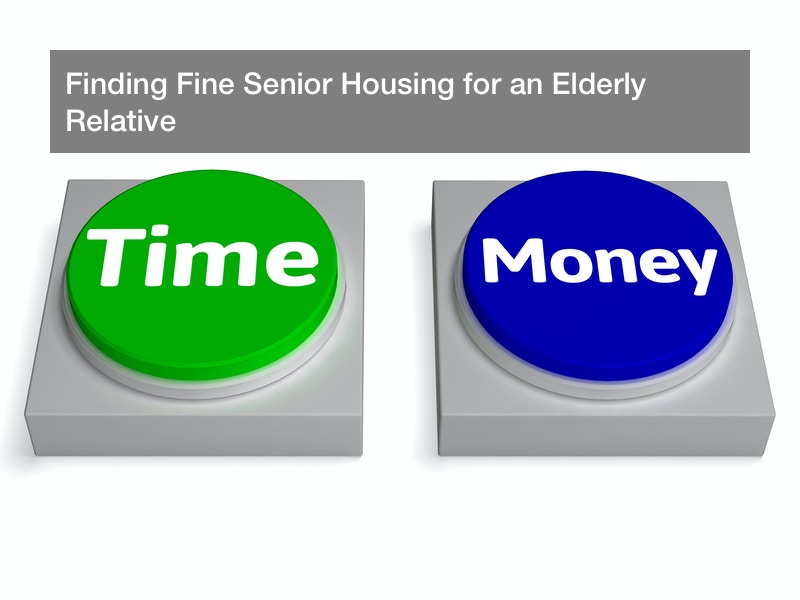
Elderly citizens of the United States may consider a number of options as they age, and their health and finances may determine where they want to live. That, and their lifestyle, too. Today’s grandmothers and grandfathers have more options than ever before for senior housing, and these elderly citizens may continue to pursue the kind of lifestyle that they like during independent living. Independent housing shouldn’t be confused with assisted living, which involves a lot of hands-on care for seniors with chronic conditions. Instead, modern senior housing is a community where the elderly live in their retirement as they please, and in fact, some residents at senior living communities may still be employed or take part in volunteer work if they so choose. This form of living arrangement can be comfortable and pleasant for any senior citizen who moves there, and they and they younger family members may search for one online, such as “senior living Dallas TX.” What might one expect there?
Americans and Age
In terms of a senior housing situation, a person may first consider the people who are living there. The elderly population in the United States is growing, consisting of those of the Baby Boomer generation and the “Silent Generation” (born in the 1930s and early 1940s). What is there to know about today’s seniors and how they live? American Senior Communities has released data showing that around 14.1 million people aged 85 and over will be living alone in the United States by the year 2040, and in many parts of the developed world, especially Japan, the elderly population is growing. Due to its very high life expectancy rates and good medical care, Japan has a quite large percentage of elderly citizens, and by 2050 or so, one in four Japanese may be aged 65 and over. The trends probably won’t be quite this extreme in the United States, but Americans are seeing an upward trend of their elderly population all the same. The United States, Japan, and a few European nations have most of the world’s centenarians, those aged 100 years old (most often women). The United States alone is home to 50,000 Americans aged 100 or over according to census data.
What are the elderly doing in their everyday lives? Many of them are now retired, but a surprisingly large population of them are in fact still employed either part-time or full-time out of either interest or financial need. In 2016, for a recent example, a Pew Research poll found that 20% of those aged 65 and over had not yet retired and were still working full-time for one reason or another. Similarly, about 50% of all Americans aged 65 and over are participating in volunteer work, and many are giving themselves second leases on their personal lives as well. Today, research has shown that 12% of seniors are in fact using dating sites and apps, and some dating sites are in fact tailored for those aged 50 and up. These trends suggest that many older Americans aren’t ready to just retire and live quietly; many of them plan to live the way they did in their middle age well into their 60s, 70s, and possibly 80s as well. In short, an extended middle life, like the trend of “extended adolescence” common among today’s 20-somethings.
A Senior Housing Center
An active senior citizen with minimal health needs may choose to move to a senior community, where they may meet and make friends with many of their peers and take advantage of what such a community may offer. They may enjoy the peace and quiet, and these senior centers may offer communal services such as dining, volunteer work, and even entertainment such as a cinema right there in the neighborhood. Different communities may offer different features and ask for different expenses, so someone looking to move to such a center may find some online and visit them one by one. In this way, a potential resident may see the premises for themselves (possibly accompanied by younger family members) and consult the staff and current residents to get an idea of what life there is like. This is a fine way to find the next stage of one’s senior life.
